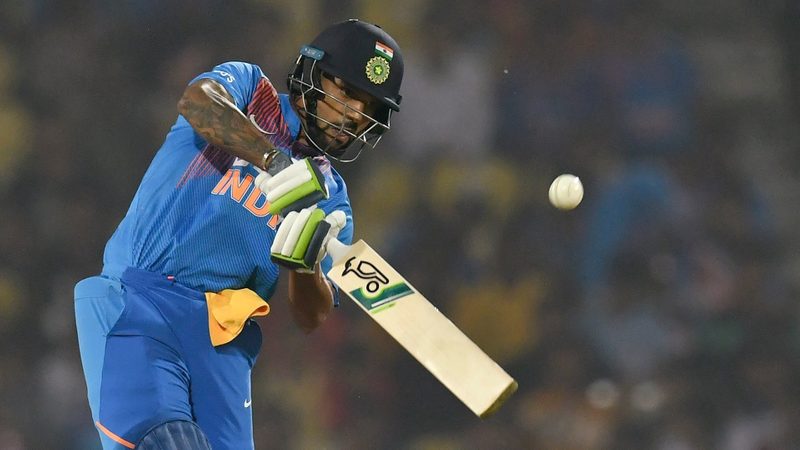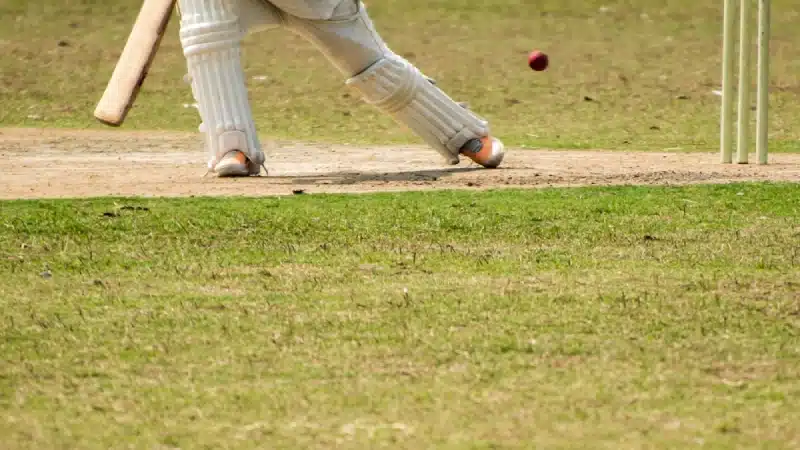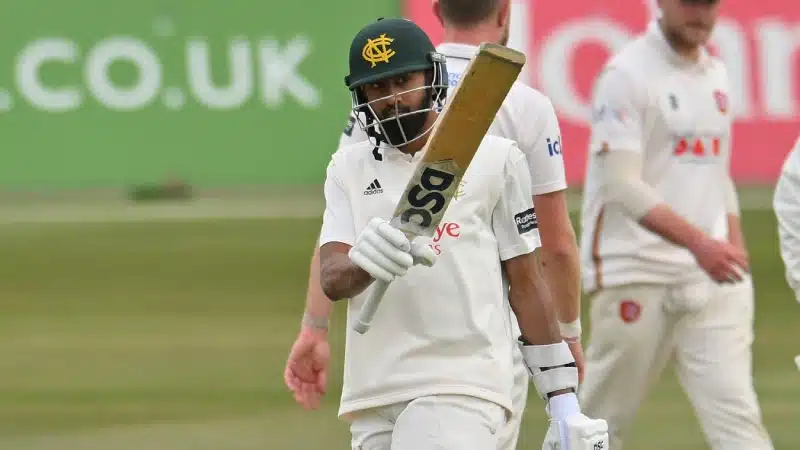
The Wednesday night at Wankhede was an eye-opener if anything for India in the shortest format of the game. It is 12 years since India recorded their title win in South Africa under a young MS Dhoni in the inaugural World T20. But truth be told, the format has evolved a lot since then - as has the Indian T20 League - but the national side hasn't progressed as well as they would have liked in the format.
One primary concern surrounding India's T20I thinking is that they have resorted pretty much to their ODI planning. Batting deep and going big after the first half of the innings has been India's hallmark in this format of the game.
Read | Rohit Sharma, Virat Kohli are now joint leading run-scorers in T20Is
With Rohit Sharma and Shikhar Dhawan at the top and Virat Kohli at no 3, the onus has been on building a platform before going big in the latter stages. While that's a fool-proof method for success in 50-overs cricket with the kind of quality these batsmen have, T20 requires different thinking.
Maximizing the powerplay is quintessential to starting off big and maintaining momentum in T20Is and India have usually struggled in this area. Particularly Dhawan who has been a tad circumspect - blowing hot and cold in the process - to big early on.
My name is Shikhar Dhawan. KL Rahul has ruined my life. I am only 34 years old. pic.twitter.com/EiPGejCoc2
— Ro✨ (@lndianCaptain) December 11, 2019
One look at Dhawan's record since 2018 and we might think criticising him is questionable. He is India's second-highest run-scorer in this time period, racking up 961 runs at an average of 33.13 and a strike rate of 134.59. Decent right? Quite decent considering that his partner, Rohit Sharma has an average less than him and almost as many runs.
Read | Another Kohli-Williams face-off makes talking points as India win series
But therein lies India's problem in the format. Rohit's strike rate of 143.73 trumps Dhawan's but with the two and no.3 Virat Kohli focusing on preserving wickets at the other end when one person goes big, the massive scores have disappeared for India, especially when batting first when they seem unsure as to what a good total is.
At Wankhede, with Dhawan absent and KL Rahul at the top, Rohit and Rahul both went berserk, scoring 72 runs in the powerplay. With that kind of platform set, the middle-order flourished and batted fearlessly dispelling India's batting first woes. In 6 of the 10 T20Is when they batted first prior to this, India had lost.
Don't Think Shikhar Dhawan Can Just Walk Back Into Opener's Position. ♂️
W-E-L-L-D-O-N-E Rahul #INDvWI
— Mayank Ranjan (@theranjanmayank) December 11, 2019
At Wankhede, the fearlessness helped them post a humungous total and put pressure on West Indies from there. With the kind of batting depth India have, they need not hunt for security at the top in Dhawan.
Instead a more dynamic duo like Rohit and Rahul is likely to click more in sync. This isn't to say Dhawan is a poor T20 player. With the dynamics of this current Indian line-up, he is surplus to their requirements. If he continues playing, Dhawan might well average in the 30s and do a decent job, but we saw the difference a more dynamic pair can make, and it is difficult to unsee that.
This is best understood by checking Dhawan's tryst with the Hyderbad-based Indian T20 League franchise. Dhawan did well alongside David Warner until he moved to Delhi Capitals, but when Jonny Bairstow replaced Dhawan at the top, Warner and Bairstow formed such a potent pair that they instilled fear in the opposition. It is that fear factor that Rahul and Rohit displayed at Wankhede on Wednesday and it is difficult to see Dhawan bringing something similar to the table.
Feature image courtesy: AFP/ Punit Paranjpe




















